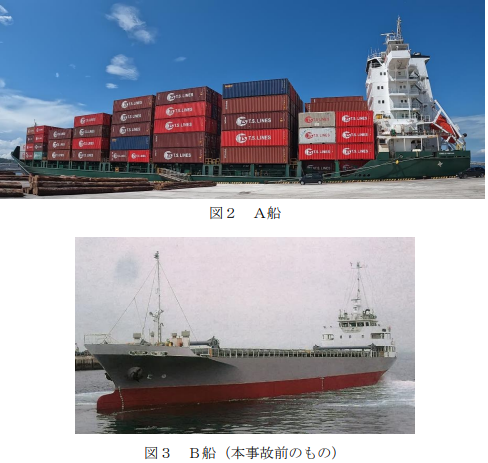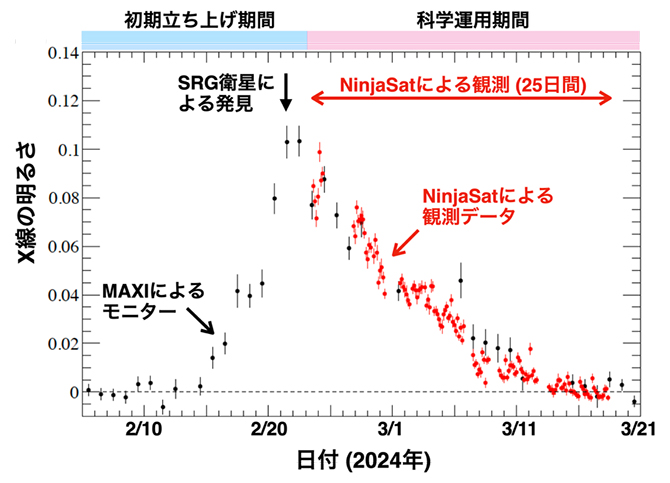2025-05-29 国際農研,フランス国際農業開発協力センター,モーリタニア国立サバクトビバッタ防除センター

図1 卵の乾湿条件がふ化幼虫の体サイズと卵黄保持量に影響
<関連情報>
- https://www.jircas.go.jp/ja/release/2025/press202502
- https://www.jircas.go.jp/system/files/press/press202502.pdf
- https://academic.oup.com/pnasnexus/article/4/5/pgaf132/8128209
乾燥したイナゴ胚は孵化後の生存のために卵黄を「弁当箱」として蓄える Desiccated desert locust embryos reserve yolk as a “lunch box” for posthatching survival
Koutaro Ould Maeno , Cyril Piou , Nicolas Leménager , Sidi Ould Ely , Mohamed Abdallahi Ould Babah Ebbe , Ahmed Salem Benahi , Mohamed El Hacen Jaavar
PNAS Nexus Published:27 May 2025
DOI:https://doi.org/10.1093/pnasnexus/pgaf132
Abstract
Oviparous animals often prioritize the allocation of reproductive resources to egg size over clutch size, but the impact of this maternal investment on the allocation of embryonic yolks and its ecological functions is poorly understood. We investigated how desert locust embryos allocate yolk for survival energy after hatching, rather than embryonic somatic growth depending on egg size in response to desiccation stress. Crowd-reared females (gregarious phase) produced significantly larger progeny with higher tolerance to starvation than females reared in isolation (solitarious phase). Abnormally small hatchlings with residual yolk in their gut emerged from small and large eggs when exposed to desiccation. In particular, these small hatchlings of desiccated eggs survived significantly longer under starvation than those of wet ones, with larger eggs providing even greater survival benefits. Physiological analysis showed that hatchlings from desiccated eggs showed a trade-off by reserving more lipids without somatic growth than those from normal eggs. Desiccation could be a reliable signal for embryos to predict future poor vegetation, and reserved energy could increase the chance of accessing food after hatching. Our results underscore adaptive plasticity in maternal and embryonic resource allocation in desert locusts in response to unpredictably variable semi-arid habitats.



